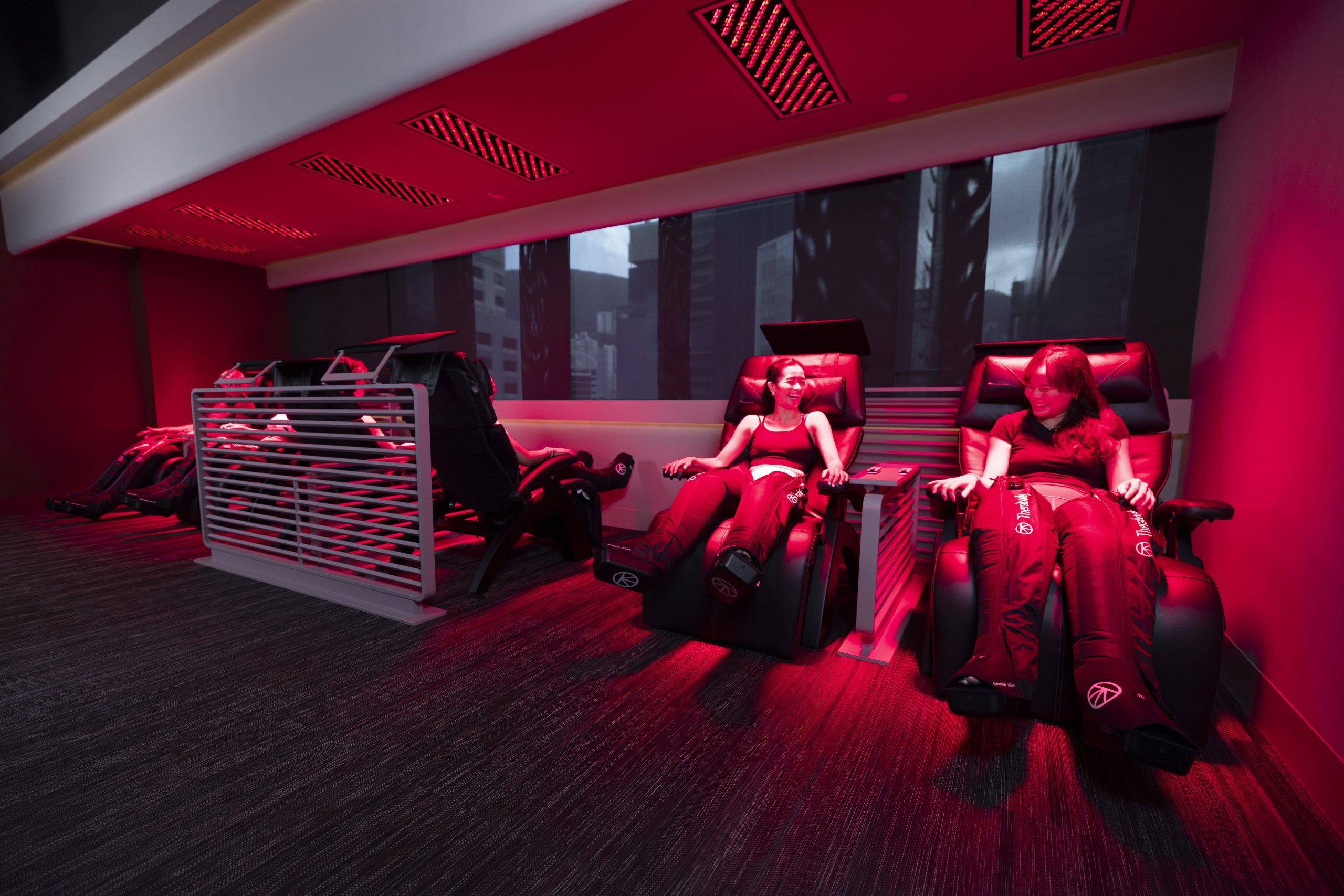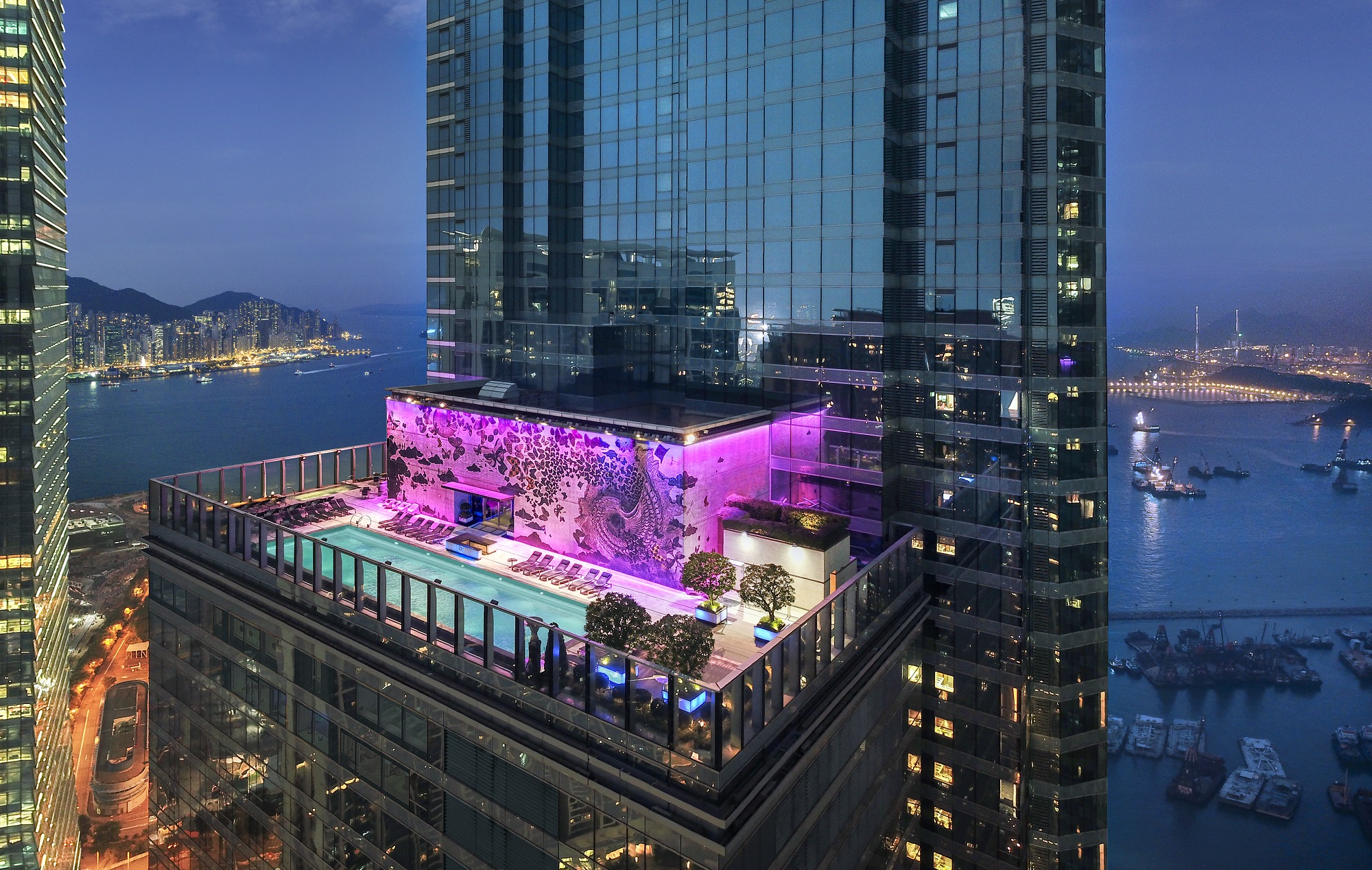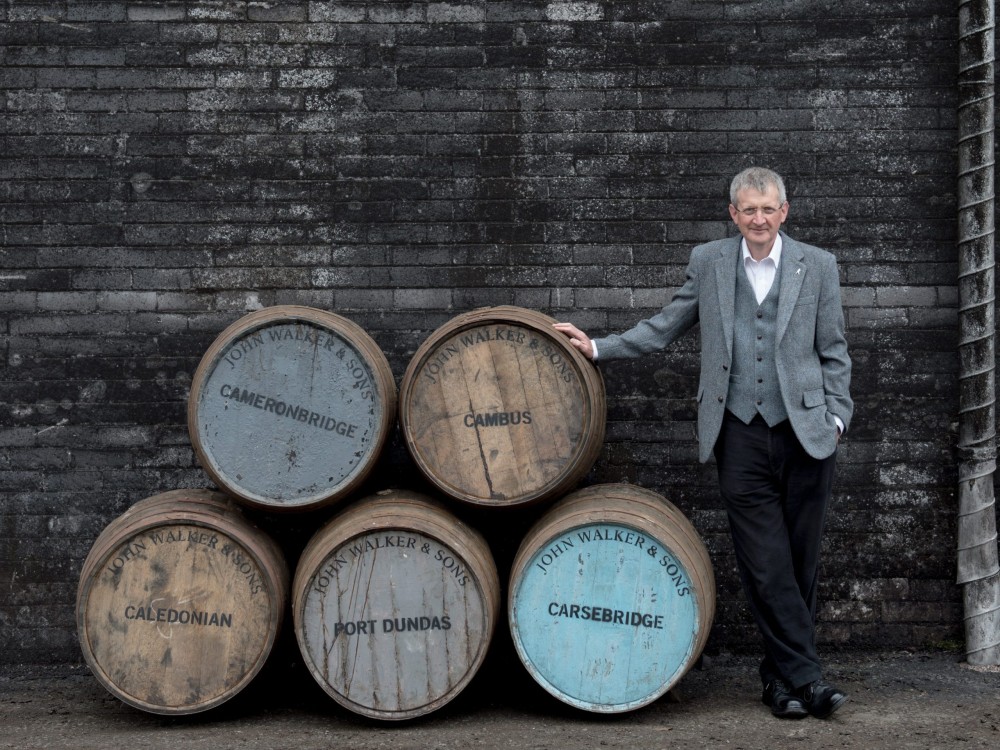
Ewan Gunn has dedicated his life to creating and appreciating the world’s finest Scotch whiskies. The Diageo ambassador talks to Kaitlyn Lai about what makes an exceptional blended Scotch and the importance of keeping the legacy of ghost distilleries alive.
Scotch whisky is a world unto itself, with experts predicting significant growth in the next five years thanks to a growing population, rising incomes, a wider variety of options, and the increasing adoption of Western lifestyles. But what sets a well-made blended Scotch apart from the rest? In the words of Ewan Gunn, it’s being able to experience “Scotland in a glass”.
“We use different regional styles: delicate whiskies from the Lowlands, rich deep flavours from the Highlands, fresh and fruity whiskies from Speyside, and of course lots of smoke from Islay,” says the senior global Scotch whisky ambassador for Diageo. “For me, a well-made blended Scotch should show that there are a range of flavours at play, but they should also complement each other. One should not dominate everything else.”
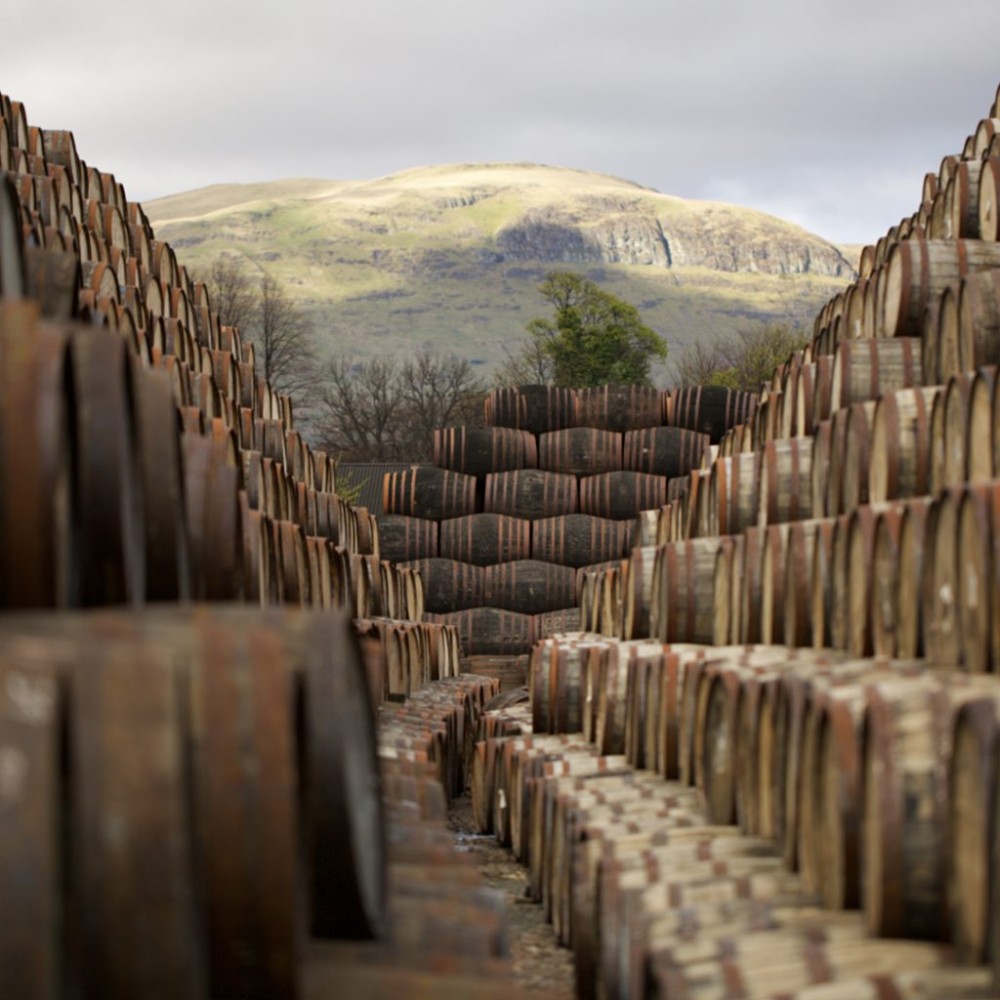
With 22 years of experience in the whisky industry and membership in the exclusive industry society Keepers of the Quaich, Gunn is currently responsible for Diageo’s most prestigious single malts and blended Scotch whiskies.
His relationship with Scotch started on the island of Islay, the home of his grandparents as well as the famed Lagavulin distillery. “I was blown away by the depth of flavour, the richness and the complexity [of whisky]. I was quite surprised by the smokiness!” Gunn smiles as he recalls his first sip of Scotch with his father on the shores near the distillery. “From that day on, I knew I wanted to learn more.”
Other than balance and depth of flavour, for Gunn, versatility is a defining feature of an exceptional blend. “Aroma, texture, mouth feel – these are all important, of course – but I want a whisky that can be enjoyed in a variety of ways, be that neat, on the rocks, with a splash of water or in a classic cocktail.”
For newcomers to Scotch, Gunn recommends Johnnie Walker Blue Label. “What I love about Blue Label is that if you’re a whisky connoisseur, it has really subtle layers of flavour that you can kind of unpick, and you can spend a lot of time really analysing it,” he says. “But if you’re new to Scotch whisky and you just want a really smooth, mellow, beautiful and rich flavour, you can just sit back and enjoy it.”

While Blue Label and many other varieties are currently being swirled in glasses across the globe, Scotch whisky has not always enjoyed the same amount of recognition and acclaim. In the troughs of the beverage’s popularity, some distilleries weren’t able to survive. Those that closed have become known as “ghost distilleries”, whose remnants lie in their unopened casks.
Among the line-up of Johnnie Walker’s 200th Anniversary series of limited-edition bottles is the Johnnie Walker Blue Label Legendary Eight, a blended Scotch crafted using rare liquids from eight distilleries across Scotland including some, such as Brora, Carsebridge and Cambus, that are ghost distilleries.
“When you’re tasting a ghost distillery whisky, you have the privilege of tasting a moment in time that will never be replaced,” Gunn says. “They’re a snapshot of history. For me, it’s a really special thing to be able to taste a whisky from a distillery that might have closed before you were born.”
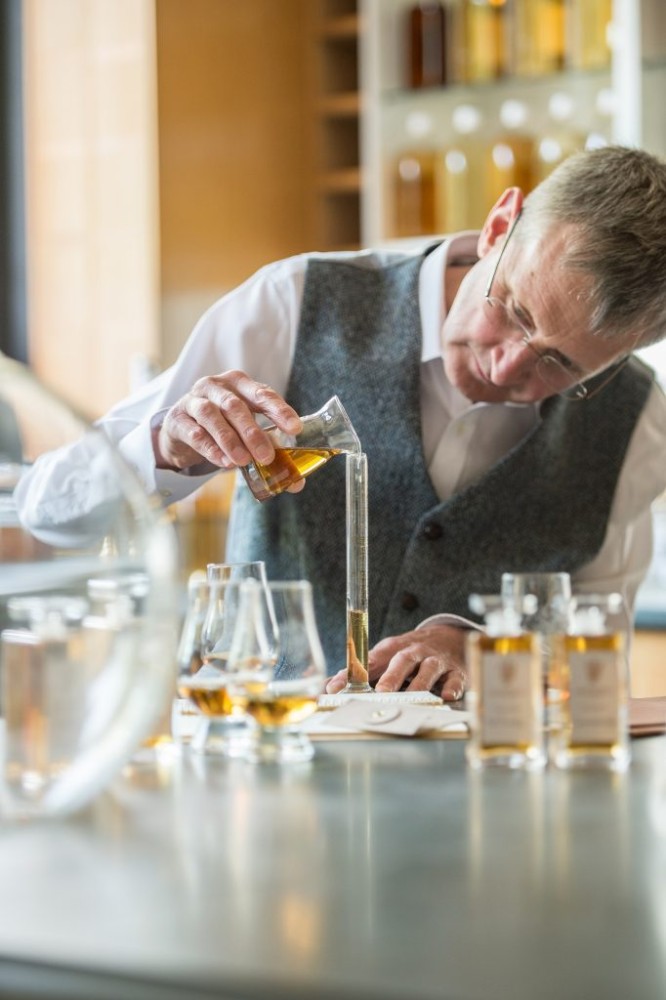
One taste profile that stands out for Gunn every time he tastes the Legendary Eight is that of Brora, a ghost distillery that once produced single malt whisky. “The distillery closed in 1983, so we’ve not made a drop of whisky at this distillery for 37 years. Ergo, the youngest possible liquid in Legendary Eight from Brora would be that age or older!” he exclaims.
Gunn has been a long-time fan of Brora. “It made a really unique and distinct style of single malt that had a lovely combination of some light peatiness, sophisticated subtle sweetness and a traditional highland earthiness to it. You tend not to get those flavours coming together in that beautiful way in a younger whisky.”
So how does Gunn enjoy his Legendary Eight? “When you add a little splash of water, it just opens up and reveals itself to you beautifully,” he says. “I actually also made an Old-Fashioned with it about two weeks ago for the new year and it was absolutely incredible.” Gunn adds with a chuckle, “I must admit it was a very decadent Old-Fashioned!”
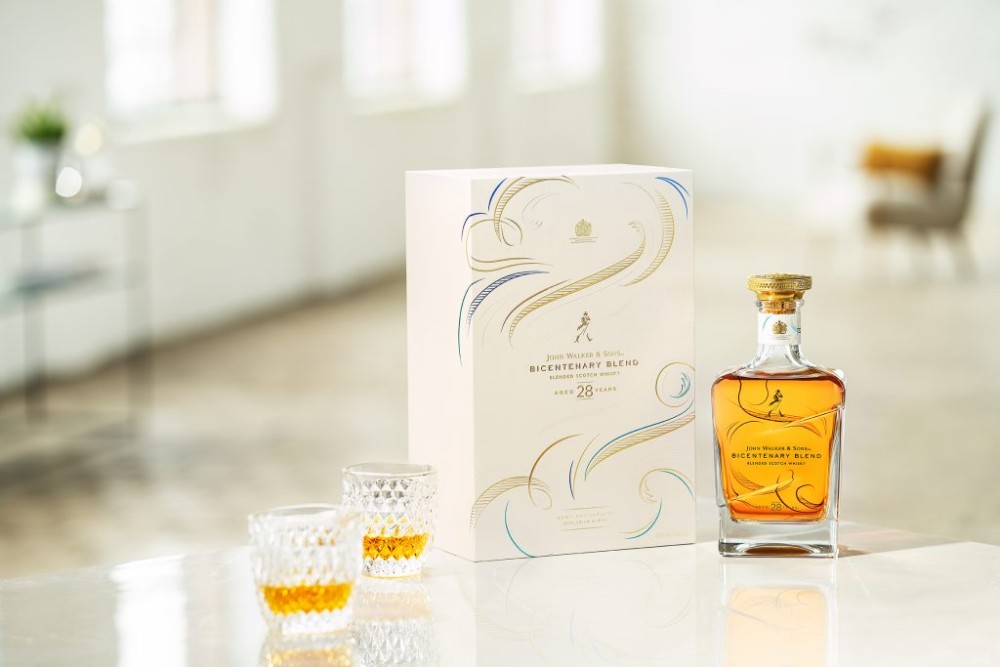
In reviving these rare casks in blended Scotch whiskies such as the Legendary Eight, blenders and distillers are not only capturing time but preserving a legacy. “We are, I would say, making something greater than the sum of its parts,” Gunn says. “We’re giving more people the chance to taste these liquids than if we just bottled them up as a single malt – the chance to taste that snapshot of Scotch whisky and heritage that won’t be around forever.”
On whether the era of ghost distilleries is coming to an end, Gunn admits that he feels torn. “I think there will still be opportunities to try whiskies from some of these distilleries for a while, but when you think about ghost distilleries as a whole, some of them closed three and four decades ago,” he says, “so try it while you can!”
See also: 4 Hong Kong whisky experts take on the infinity bottle


